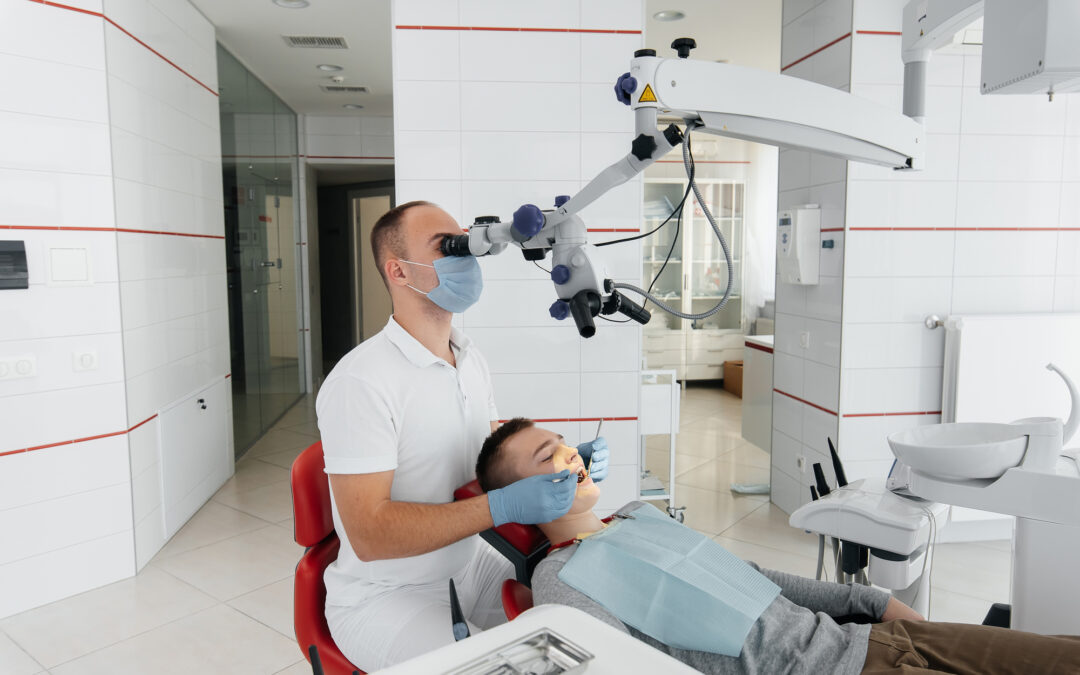Tooth intrusion is a dental emergency characterized by the displacement of a tooth into the jawbone following a traumatic incident. This condition, while relatively uncommon, requires immediate attention from dental professionals due to its potential long-term consequences if left untreated. Understanding the causes, symptoms, and treatment options for tooth intrusion is crucial for maintaining optimal oral health and preventing further complications.
Causes of Tooth Intrusion
Dental accidents are the primary cause of tooth intrusion. These accidents can occur due to various reasons, including sports injuries, falls, automobile collisions, or physical altercations. The force of impact during such incidents can cause a tooth to be forcefully pushed into the jawbone, leading to its displacement.
Symptoms of Tooth Intrusion
Identifying tooth intrusion can be challenging as it often occurs alongside other dental injuries. However, some common symptoms may indicate a tooth intrusion has taken place:
1. Visible Displacement: The affected tooth may appear lower or higher in the gum line compared to surrounding teeth.
2. Pain and Swelling: Patients may experience pain, swelling, or tenderness around the affected tooth and the surrounding area.
3. Changes in Bite: A noticeable change in the bite alignment or difficulty in closing the mouth properly may indicate tooth intrusion.
4. Bleeding Gums: Trauma to the tooth and surrounding tissues can cause bleeding gums, particularly if the tooth has pierced through the gum line.
Treatment Options
Seeking immediate dental care is crucial in cases of tooth intrusion. Emergency dentists are equipped to assess the severity of the injury and provide appropriate treatment. However, it’s essential to note that often emergency dentists cannot fix a severe intrusion through conventional methods.
In less severe cases, where the tooth has not penetrated deeply into the jawbone, emergency dentists may attempt to reposition the tooth manually. This procedure, known as dental luxation, involves gently guiding the displaced tooth back into its original position. Following repositioning, the tooth may be stabilized using orthodontic appliances or splints to facilitate healing.
However, severe cases of tooth intrusion may require more extensive intervention. In instances where the tooth has penetrated deep into the jawbone or is significantly displaced, surgical intervention may be necessary. Oral surgeons may need to access the affected tooth through incisions in the gum tissue and carefully reposition it into its proper alignment. In some cases, additional procedures such as root canal therapy or tooth extraction may be required to address any damage to the tooth’s structure or surrounding tissues.
Anxiety and APD
For many individuals, the prospect of undergoing dental procedures, especially those involving surgical intervention, can evoke feelings of anxiety and apprehension. Dental anxiety is a common phenomenon that can manifest as fear, nervousness, or avoidance of dental care altogether. In some cases, individuals may experience dental anxiety to such an extent that it interferes with their ability to seek timely treatment for dental emergencies like tooth intrusion.
Moreover, individuals with Auditory Processing Disorder (APD) may experience heightened levels of anxiety when faced with unfamiliar or uncomfortable situations, including visits to the dentist. Dental professionals recognize the unique challenges that individuals with APD may encounter during dental appointments and strive to provide personalized care to accommodate their specific needs.
Addressing Dental Anxiety
Dental professionals understand the importance of creating a supportive and reassuring environment for patients experiencing dental anxiety. Techniques such as effective communication, gentle demeanor, and the use of relaxation techniques can help alleviate patients’ fears and promote a sense of calm during dental procedures.
Additionally, sedation dentistry offers an option for patients who require extra assistance in managing anxiety during dental treatment. Various forms of sedation, including oral sedatives, nitrous oxide (laughing gas), and intravenous (IV) sedation, can help patients relax and feel more comfortable throughout the dental procedure.
Conclusion
Tooth intrusion is a serious dental emergency that requires prompt attention from qualified dental professionals. While emergency dentists are adept at addressing less severe cases of tooth intrusion, severe intrusions may necessitate surgical intervention by oral surgeons. It’s essential for individuals to seek immediate care following dental accidents to minimize the risk of long-term complications.
Furthermore, addressing dental anxiety, whether due to fear or conditions like Autism Spectrum Disorder, is vital in ensuring that all individuals receive the dental care they need. Dental professionals employ various strategies to help patients manage anxiety and feel more comfortable during dental procedures, promoting better oral health outcomes for everyone.


Recent Comments